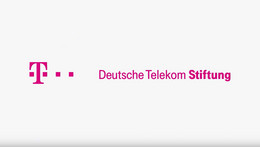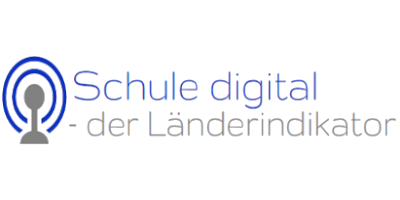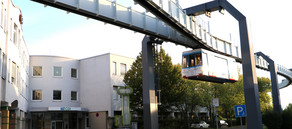Digital School – The federal indicator 2021
The study Schule digital – der Länderindikator 2021 (Digital School – The federal indicator 2021) examines the use of digital media in the classroom in depth in the German school system and in a comparison between the German states. Following up on the surveys conducted in 2015 to 2017, it is also possible to analyze trends in the further development of core areas of media education in schools.
Förderer

Project description
The study Schule digital – der Länderindikator 2021 is a follow-up to the potential of the 2015 to 2017 conducted Länderindikators, which examined digitization in the German school system in a comparison between the German federal states. By describing the current state in core areas of digitization at schools, enabling comparisons between federal states, and presenting developments and trends over the years, valuable results are generated for education policy, local and regional stakeholders, the scientific community, and the public.

The Länderindikator 2021 aims to investigate the importance of learning with and via digital media in the knowledge and information society of the 21st century in the German school system and to contribute to educational monitoring in the context of digitization. The focus is on schools at the lower secondary level. In addition to the constant recording of basic conditions for the use of digital media in the classroom (ICT equipment, conditions of ICT use, aspects of the digitization-related competencies of students and teachers), the Länderindikator 2021 focuses on two main topics in particular. It examines the question of what changes teachers perceive as a result of investments in the digitization of schools. A second thematic focus includes the effects of the COVID-19 pandemic on digitization in schools. Based on surveys of 1,200 secondary school teachers nationwide, analyses will be conducted that will allow for implications for further development in this context.
Lead researcher at IFS and Project management
Project team
- Dr. Sittipan Yotyodying
External project partners
- Prof. Dr. Birgit Eickelmann (Universität Paderborn)
- Dr. Manuela Endberg (Universität Duisburg-Essen)






![[Translate to English:] [Translate to English:]](/storages/ifs-ep/_processed_/8/5/csm_AdobeStock_412860748_9a2dbb816c.jpeg)
